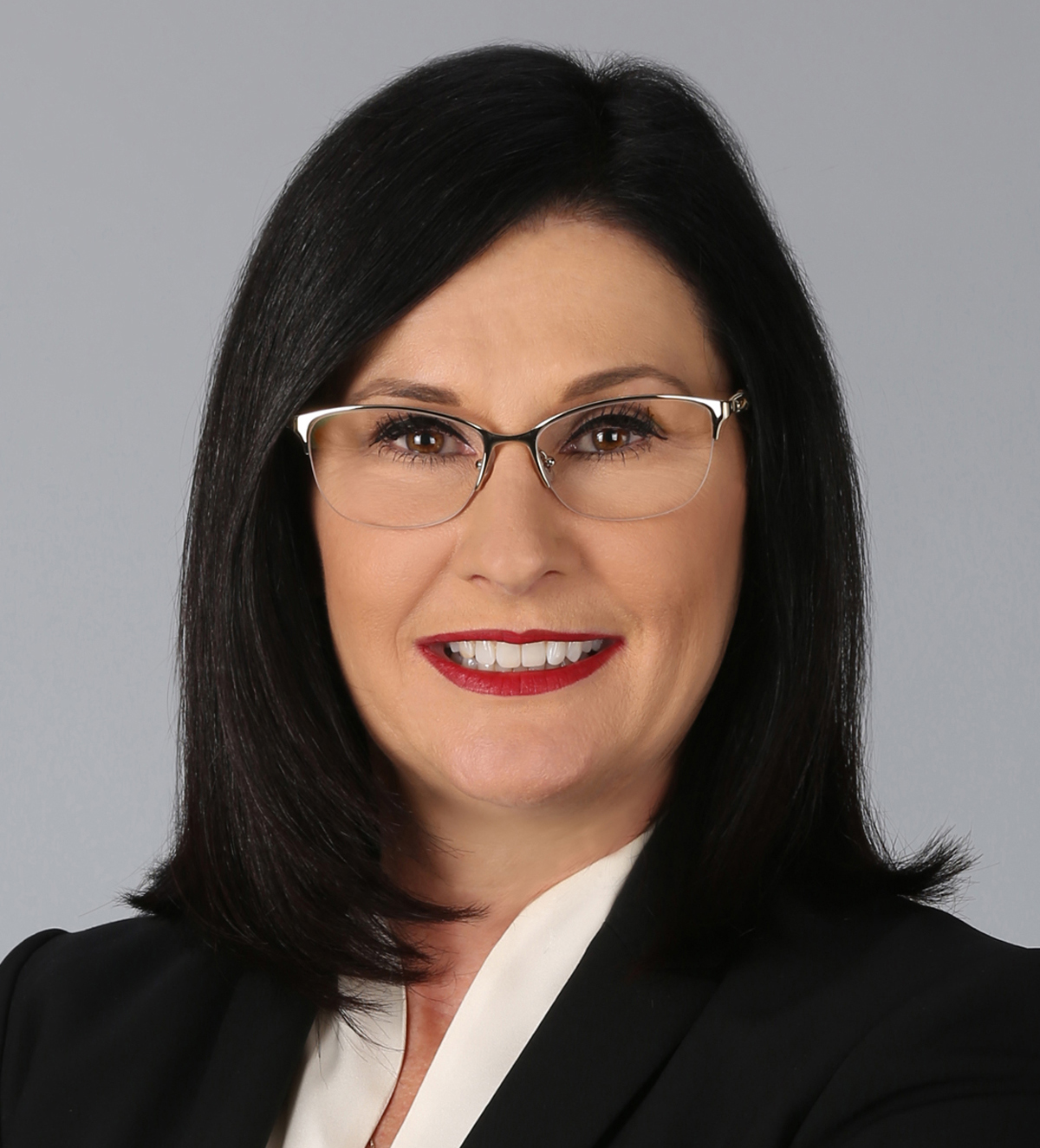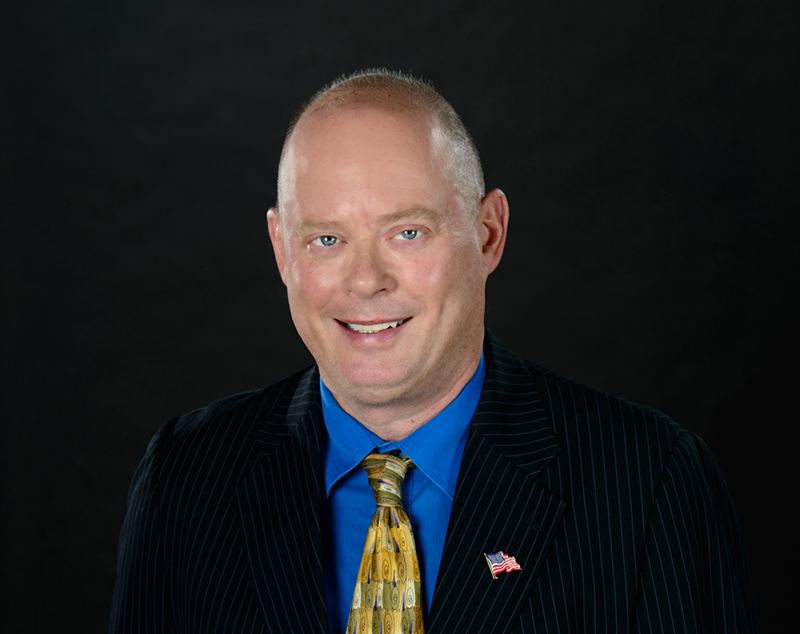By Greta Schulz
I know many of you have tried brainstorming. The idea is a good one, coming up with creative ways of solving an issue or attacking a project. There are so many reasons to do brainstorming activities with your team, but brainstorming has been overdone.
The term was popularized in 1953, when advertising executive Alex Osborn published a book, Applied Imagination, in which he used it to describe group thinking as more powerful and efficient than individual problem-solving. He used it to overcome the poor creative output he was receiving from his employees.
Should we stop brainstorming? No, we just need to do it more effectively. Here are some new approaches.
• Sticky notes are your friend. Allot a few minutes to have all participants write out their working ideas on sticky notes. These don’t have to be complete thoughts. Collect all of the notes and arrange them on a board as a progression: first this, then that. Organizing your ideas as a sequence will help you see new connections. There may be a few strings of ideas; that is fine. Put them up and then discuss them.
• Pass it around. Give everyone in the group a piece of paper, and then pose a question or problem. Everyone gets a minute to write down a solution, and then they pass it to someone else in the group who gets two minutes to read it and improve on it. Often, we can see each other’s thoughts more clearly and critically than our own.
• Quick questions. When someone has an idea, have him or her stand before the group and allow other members to ask questions quickly about the idea, but not give feedback. Having to answer questions quickly will draw out more organic responses. The result could be a solution to a problem you didn’t know you had, or a new direction you haven’t thought about.
• Building blocks. In this exercise, participants simply write down a few rough ideas for solving a particular problem on a piece of paper. Each piece of paper is then passed on to someone else, who reads it silently and adds their own ideas to the page. This process continues until everyone has had a chance to add to each original piece of paper. The notes can then be gathered, ready for discussion.
• Go negative. The No. 1 thing that hangs up brainstorming exercises is repeated, unsuccessful attempts to solve a problem. Obviously, that’s why we usually hold brainstorming sessions, but when you feel like you keep hitting a wall, try changing your thinking: Instead of trying to figure out the best thing to do, try to think of the worst. How would you get fewer clients and worse reviews? Then turn those ideas around.
The advantages of brainstorming are so vast, it’s worth trying it again in a different way. Put your next idea to the test, and let me know how it worked. ♦
Greta Schulz is president of Schulz Business, a sales consulting and training firm. She is the best-selling author of “To Sell is NOT to Sell” and works with Fortune 1000 companies and entrepreneurs. For more information or free sales tips, go to schulzbusiness.com and sign up for “GretaNomics,” a weekly video tip series, or email sales questions to greta@schulzbusiness.com.
Photo credit: Aaron Zhu [CC BY-SA 3.0 (https://creativecommons.org/licenses/by-sa/3.0)], via Wikimedia Commons













